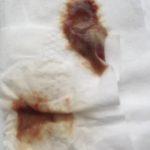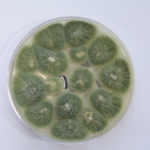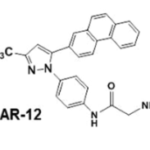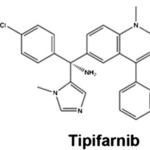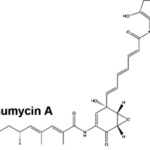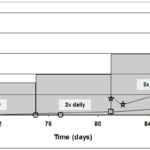Date: 26 November 2013
The chest x-ray shows a patient who had a left lung transplanted in May 2003 for cryptogenic fibrosing alveolitis, which was diagnosed post-transplant as sarcoidosis.
Copyright: n/a
Notes:
The donor was CMV negative, the recipient CMV positive and the ischaemic time of the transplanted lung was 5 hours. Bronchoscopy a week post-transplant revealed no evidence of airway narrowing. However, he developed an area of necrotic tissue and sputum plugging partially obstructed the left main bronchus over the next couple of month’s which were managed bronchoscopically without evidence of infection. There was also some evidence of narrowing of the airways, which required insertion of a bronchial stent three months post transplant. Three months following this, the stent was in a good position but there was a considerable amount of mucus and pus around the stent, which was removed bronchoscopically. This grew Aspergillus fumigatus. He was treated with itraconazole with the stent remaining in situ.
Images library
-
Title
Legend
-
Images and abstract taken from Mert D et.al., Hematol Rep. 2017 Jun 1;9(2):6997. doi: 10.4081/hr.2017.6997. Invasive Aspergillosis with Disseminated Skin Involvement in a Patient with Acute Myeloid Leukemia: A Rare Case.
Invasive pulmonary aspergillosis is most commonly seen in immunocompromised patients. Besides, skin lesions may also develop due to invasive aspergillosis in those patients. A 49-year-old male patient was diagnosed with acute myeloid leukemia.
The patient developed bullous and zosteriform lesions on the skin after the 21st day of hospitalization. The skin biopsy showed hyphae. Disseminated skin aspergillosis was diagnosed to the patient.
Voricanazole treatment was initiated. The patient was discharged once the lesions started to disappear.
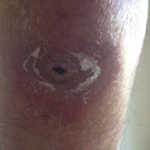 ,
, 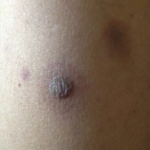 ,
, 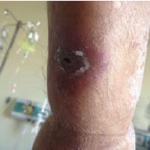 ,
, 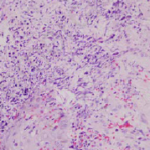 ,
, 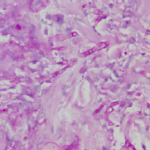
-
A pile of woodchip stored for use in a garden usually as a weed suppressing mulch. The heat building up in the pile is illustrated by the plumes of steam eminating from the top of the pile.
Aspergillus fumigatus is particularly well adapted to grow in the heat (up to 60C) found in such piles of rotting organic material and this characteristic, an adaption for its life in its natural environment also enables it to survive and grow in warm mammalian bodies at 37C. Most fungi cannot grow or survive at those temperatures
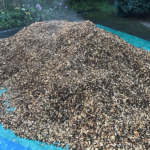 ,
, 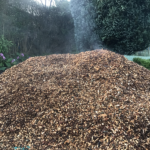 ,
, 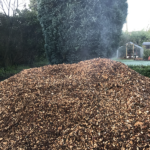 ,
, 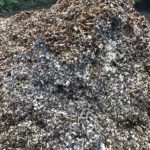
-
MK is 59 years old and presented with right sided pleuritic chest pain and coughing over 1 week. A chest Xray and then CT scan revealed complete collapse of her right lower lobe and middle lobes. Mucous retention is seen just proximal to the abrupt cutoff. There was mild bronchiectasis.
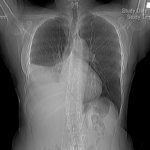 ,
, 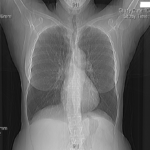



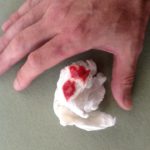 ,
, 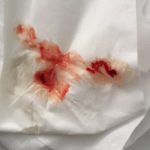 ,
, 